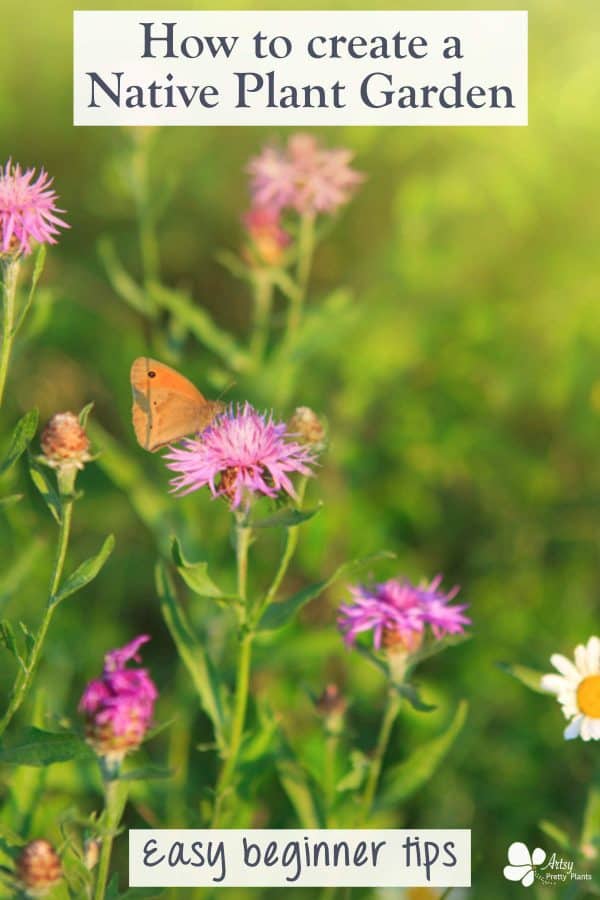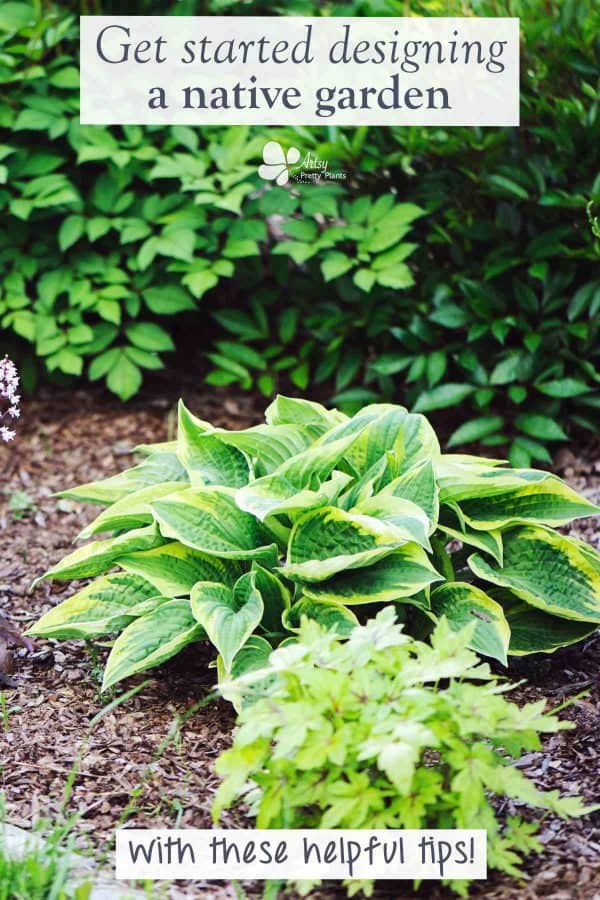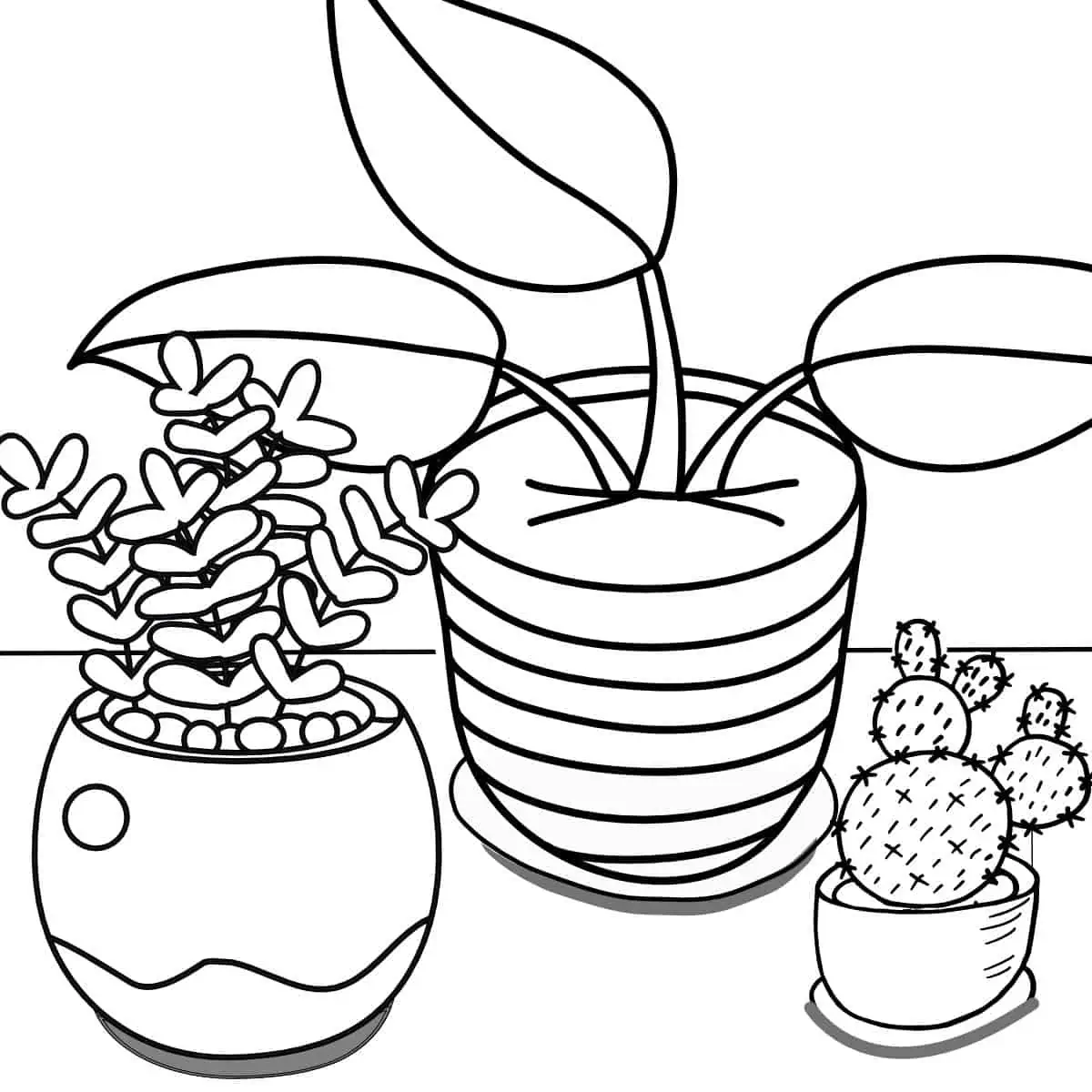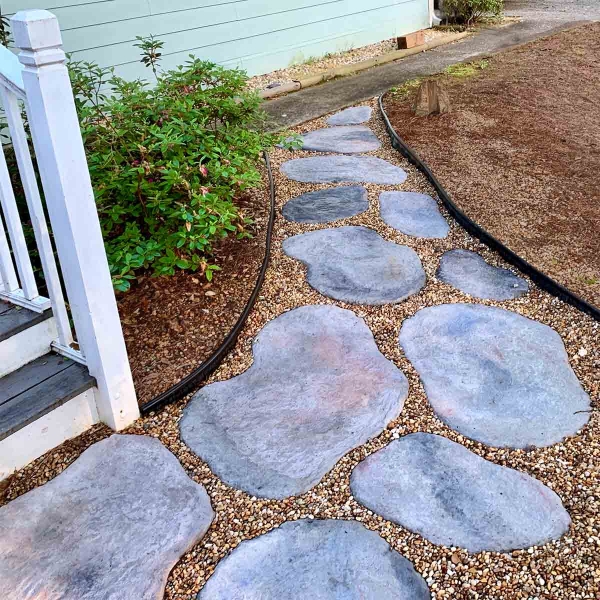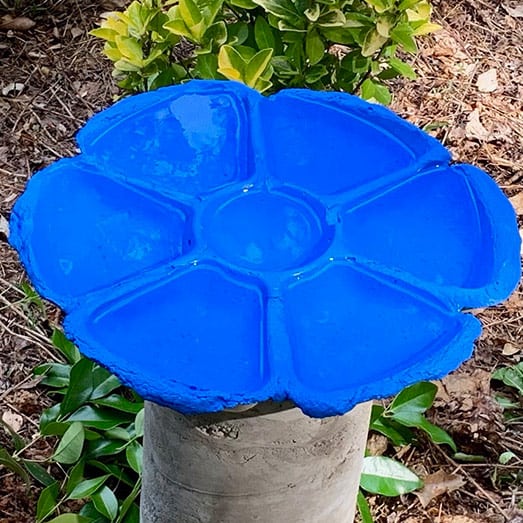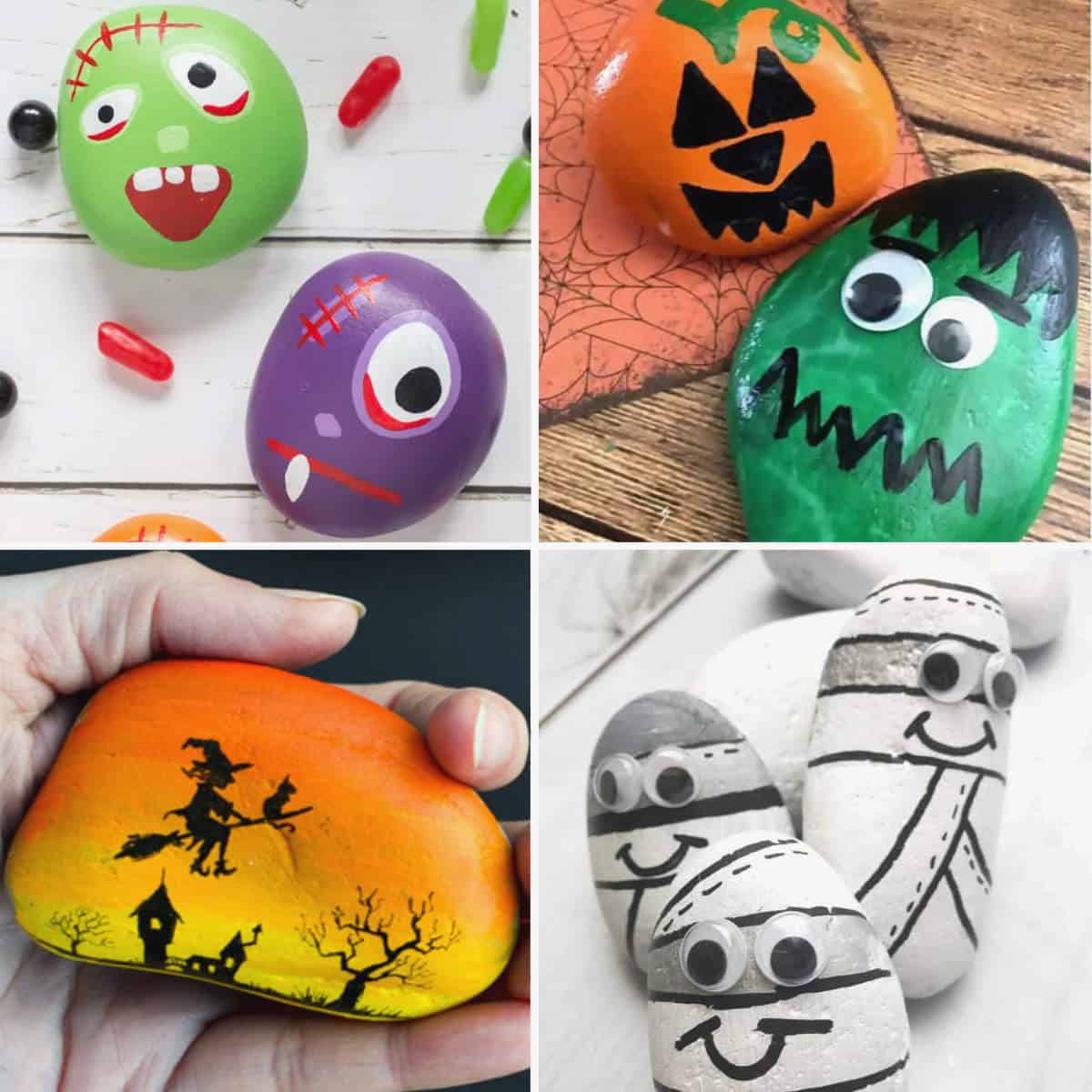Design A Native Plant Garden (Easy Starter Tips)
How to design a native plant garden to preserve biodiversity and help balance the ecosystem.
A plant is considered native if it has occurred naturally in a region or habitat, without human introduction.
And did you know that once established, native plants require less watering and less maintenance than exotic species?
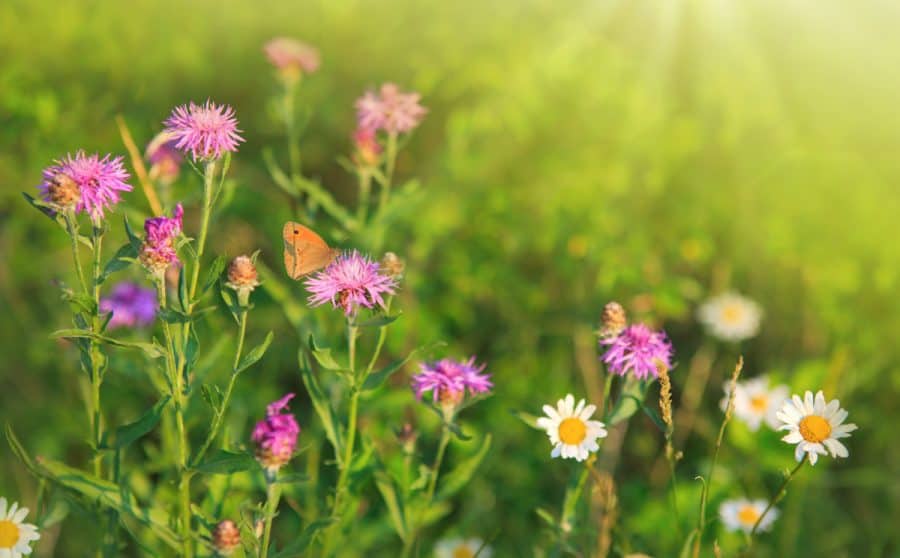
We recently became homeowners, and one of my main goals is to introduce a diverse amount of bird species and support the wildlife in my area.
One way to help achieve this is by bringing more native plants into the yard.
However, since I don’t have much gardening experience and am newer to the area, I thought it best to consult with a local native plant expert here in Georgia.
I was lucky to find Trecia Neal. Trecia is a native plant landscape designer who has many years of experience working with wildlife habitats and designing gardens for birds and other pollinators. Perfect!
How To Choose Plants For A Native Garden Design
When creating a garden with native plants, there will be lots of things for you to consider, but getting started doesn’t need to be difficult.
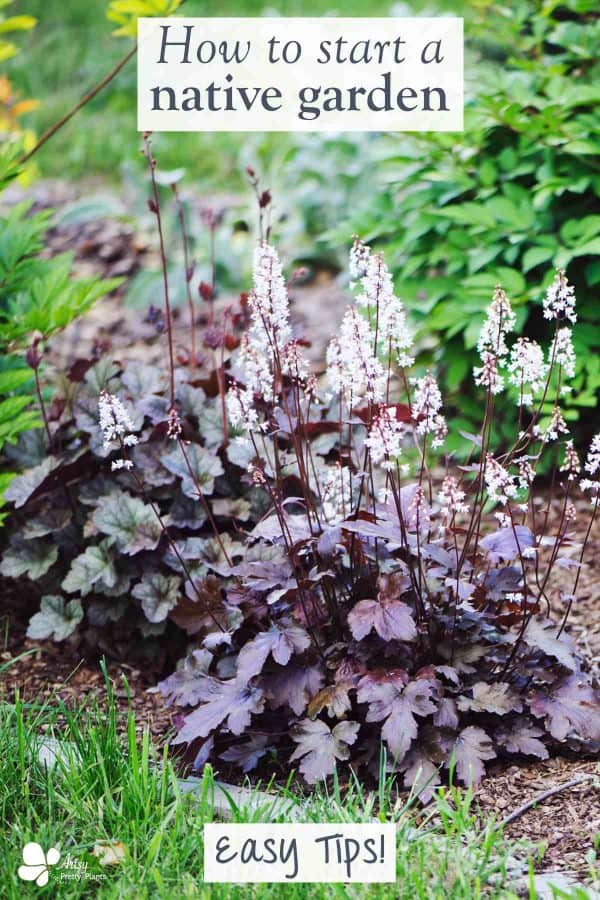
Just like with any garden design, you’ll start by factoring in things like how much sunlight the area gets and what type of soil you have.
Then, you’ll decide which types of plants to purchase, and which to group together for your native garden. And this is where it’s really helpful to get the advice of an expert native landscape designer, like Trecia.
1. Considerations Based Upon Site Conditions
The local conditions will determine the type of plant species that will thrive in your space.
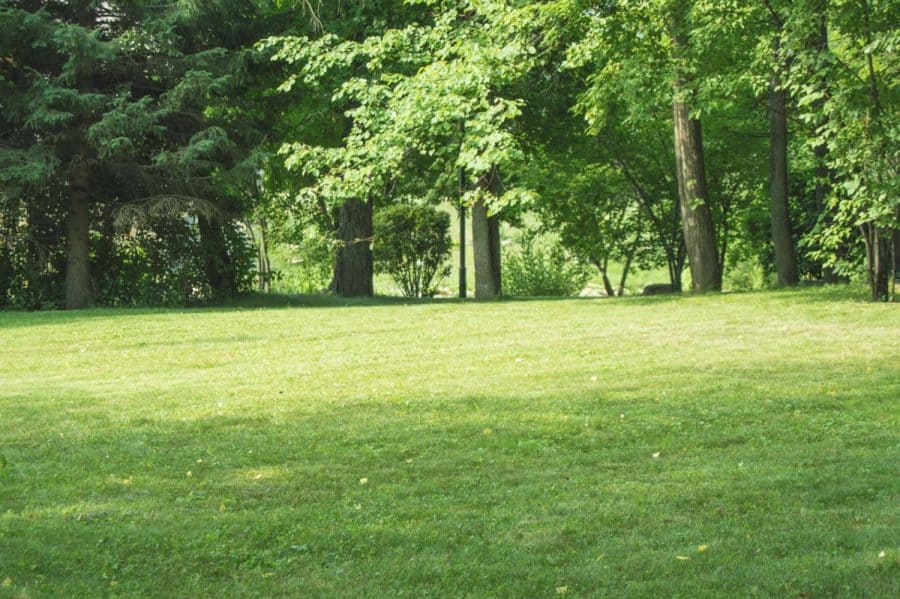
Sun or shade
How much sun does this particular area get? Pay attention to how much sun the area gets during each season.
The difference in the amount of sunlight can be significant and there are quite a few mobile apps that will show you the sunlight on your property throughout the season.
Soil drainage
When it rains, does this area become moist and tend to stay moist? Or, is it a dry, or loamy type of soil?
Existing natural landscape
What surrounds this area? Are there plants that visually, naturally fall into that landscape?
How much space will this plant/tree require when it’s at full growth?
Perhaps there are already many native species nearby. In that case, you would want to find plants that would complement the existing species.
Look for plants that offer different benefits to wildlife.
After reading this, you may want to take look at this article on why gardening with native plants is important.
2. Use Scale To Create Varying Heights Of Vegetation

It’s important to vary the heights of vegetation when you create your native plant garden because they are a factor when it comes to providing shelter, nesting and food for wildlife.
- Large native trees, as well as shorter, dense trees make for a quick escape for birds. Check out our list of vibrant trees in fall that may be native to your area!
- Native shrubs and trees provide food and shrubs are great for providing cover for ground dwelling birds and animals.
- Evergreens maintain their foliage in the winter. Birds and animals seek them out for shelter for warmth and cover from predators.
If providing a food source for birds is important for you, then you may want to check out this squirrel proof bird feeder tutorial!
3. Choose Native Plants Based On Bloom Time
Choosing flowering perennial plants and trees that bloom at various times during the season are great choices for your garden. That’s because they allow different types of insects to utilize the habitat all year.
While inviting bugs into your yard may seem like a negative, it is not. Most bird species depend on insects for raising their young, so having successional blooming will bring a lot of species of wildlife to your yard.
Our pollinators rely heavily on flowering perennials for nutrition and some of these plants are also host plants for butterflies. A ‘host plant’ is a plant that butterflies and moths lay their eggs on so that the caterpillars can eat it.
This is important because many can only utilize one or two species of plants.
Things to Consider When Planning Your Native Garden
This is the design Trecia created for the small garden area, where I just finished installing a new concrete paver patio.
You can see in the plans that the small garden space adjoins the house and will be very prominent from our large window.
I thought it would be nice to have a shade garden there. Trecia decided on this design arrangement because this area receives full to partial shade during the day, and the soil is often moist.
These are perfect environments for native ferns and other native shade-loving plants.
Trecia says, “when it comes to planning the visual design for native gardens, you need to consider the end result. Many people think that native plants are messy. Native plants are not messy if planted correctly.”
If you are working in your front yard, you may want to be considerate of your neighbors and plant formally. This means you will plant in rows, or shapes to show intention.
Be sure to leave a border, fence, or space between the native plantings and walkways. It’s helpful to communicate with your neighbors about your intentions.
If you prefer a meadow, or prairie aesthetic, this would probably be better in the backyard.
And this post shows how I turned the garden area to the left of the paver patio into a low maintenance gravel garden! All native plants were chosen for this of course. 🙂

Focal Point
The human brain doesn’t like randomness, and the eyes will look around until they find a place to land.
It is helpful to provide order within your native plantings and repeat colors and shapes throughout the garden.
A focal point, such as a bench, bird bath, or a specimen plant gives the eyes somewhere to land and rest.
Groupings By Number
The “rule” when planting is to always plant in odd numbers using groupings of three, five or more plants at a time.
Groupings By Color
Consider color schemes when designing your plantings. You can design with complementary colors, analogous colors, or monochromatic color schemes. Color is a personal preference.
Be sure and group your colors together for greater effect. Pollinators look for masses of colors when searching for pollen and nectar. Here’s a great source to check out when thinking about color schemes.
Groupings By Texture
Perennial plants (those that come back every year) bloom for varying amounts of time. This means that for a large part of the growing season, you will only see the foliage of your plants.
So if everything blooms and then loses its leaves or flowers at the same time, you’ll be left without texture, so choose plants with multiple blooming times.
When designing, take this into consideration and vary the textures of your plantings. This provides interest for the eyes and relieves the monotony of similar foliages.
Groupings By Scale
Consider what size the plant will be when it reaches mature growth. Small plants next to larger features (such as walls of the house), and vice versa, will not be in scale.
Where Can You Find Native Plants?
You can find native plants in many places, but native plant nurseries and plant swap groups on Facebook can come in handy.
To find these on Facebook, search for “native plants” and your state, city or county. This will pull a list of the native plant gardening groups near you. I’ve found these groups to be invaluable.
In addition, these resources may help:
- Local native plant societies in the US and Canada
- Your local cooperative extension
- Native plant nurseries in Georgia
Questions to ask nurseries when shopping for native plants:
- Where do you get the native plants from?
- Are your plants treated with neonicotinoids? (Neonicotinoids are a pesticide toxic to pollinating bees)
- How much sunlight will the plant need?
- Best time of year to plant the native species?
- What pH should my soil be?
- How many feet tall will they become and how large is the root system?
- How much water will it require?
Don’t forget to Pin it for later!
